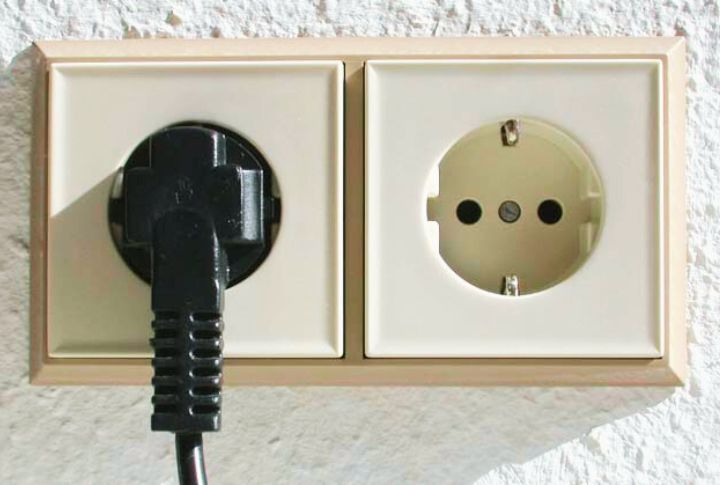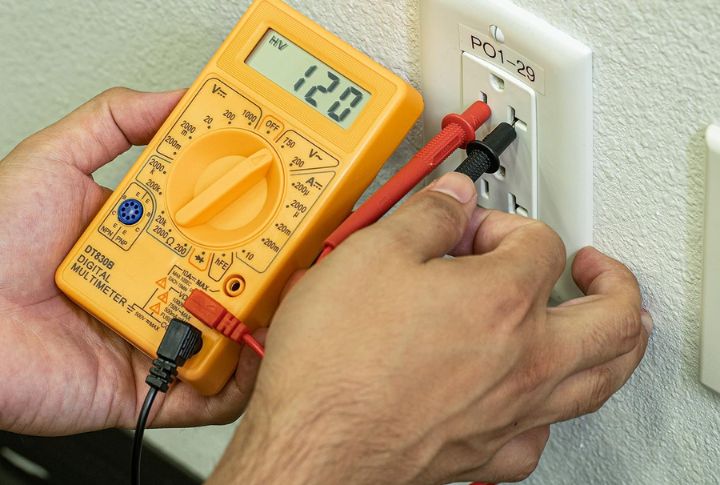
Everyone has one charger plugged into the wall socket all day, and it hardly feels important. No lights flicker, no sound slips out, and nothing hints at activity. Even so, it keeps working in subtle ways you may not catch. Keep reading, because the truth beneath its calm surface stretches far deeper.
Continuous Heat Build-Up
You may notice a soft warmth lingering on a charger left in the outlet all day, and the warmth signals still move energy through hidden parts. Steady heat slowly weakens those components, and cheaper adapters struggle even more because they lack strong protection against rising internal strain.
Fire Hazard Risk
Trouble often starts with a power brick that looks harmless but stays plugged in for hours on end. Lower-quality or damaged models are more likely to overheat because they lack essential safety features. Many charger-related fires originate in units that are already in a compromised condition, long before anyone notices something is wrong.
Transformer Stress
Inside every adapter sits a transformer designed to manage household electricity, and it becomes active as soon as the plug connects with the outlet. This constant workload wears the component down little by little and shortens the adapter’s lifespan, even when the outside shell appears perfectly fine and shows no immediate signs of trouble.
Loose Contact Sparks
Outlets do not always grip a charger tightly, and a slightly uneven fit can create tiny sparks each time metal touches shifting current. Those sparks add heat and wear that build slowly and leave both the charger and the outlet more vulnerable than expected, especially when the connection weakens further.
Voltage Fluctuation Exposure

A home’s power rarely moves in a perfect line, and a charger left in the outlet absorbs every sudden rise without warning. The bursts strain delicate parts and leave the circuitry far more tired than it appears. Storms and large appliances create sharper swings, though surge protectors soften those jolts.
Insulation Breakdown
Inside a constantly plugged-in charger, the insulation is subjected to steady heat and electrical pressure that slowly erodes its strength. Once this layer weakens, the chance of short circuits or small shocks climbs higher. Older or budget chargers show quicker wear, and a faint burnt scent sometimes appears once the insulation begins failing.
Unstable Current On Reconnect
The first moment a charger touches active power again does not always deliver a smooth return, and cheaper models feel the uneven burst more than others. Quality chargers manage early surges with better control, yet many basic units still experience avoidable stress whenever they rejoin the flow of household electricity.
Circuit Overload Contribution
A home’s wiring shares responsibility for every device, and idle chargers still claim a small place in the system. Several of them together place extra weight on older circuits already working hard. Clearing out unnecessary chargers lightens the load and supports a smoother, safer electrical balance across the entire space.
Silent Component Failure
Small parts within an always-plugged charger can fatigue quietly, and the unit may continue delivering power with less stability than before. That hidden decline increases the chance of unsafe output. Occasional unplugging and a quick look at its condition help reveal early warning signs and keep the charger’s performance predictable.
Dust-Induced Overheating
Dust settles slowly into a charger that never leaves the wall, and those tiny layers block the small passages meant for air movement. Rising internal warmth appears sooner than expected once ventilation drops. Built-in safeguards may pause the charger temporarily, yet repeated heat cycles eventually push the unit toward gradual wear.

